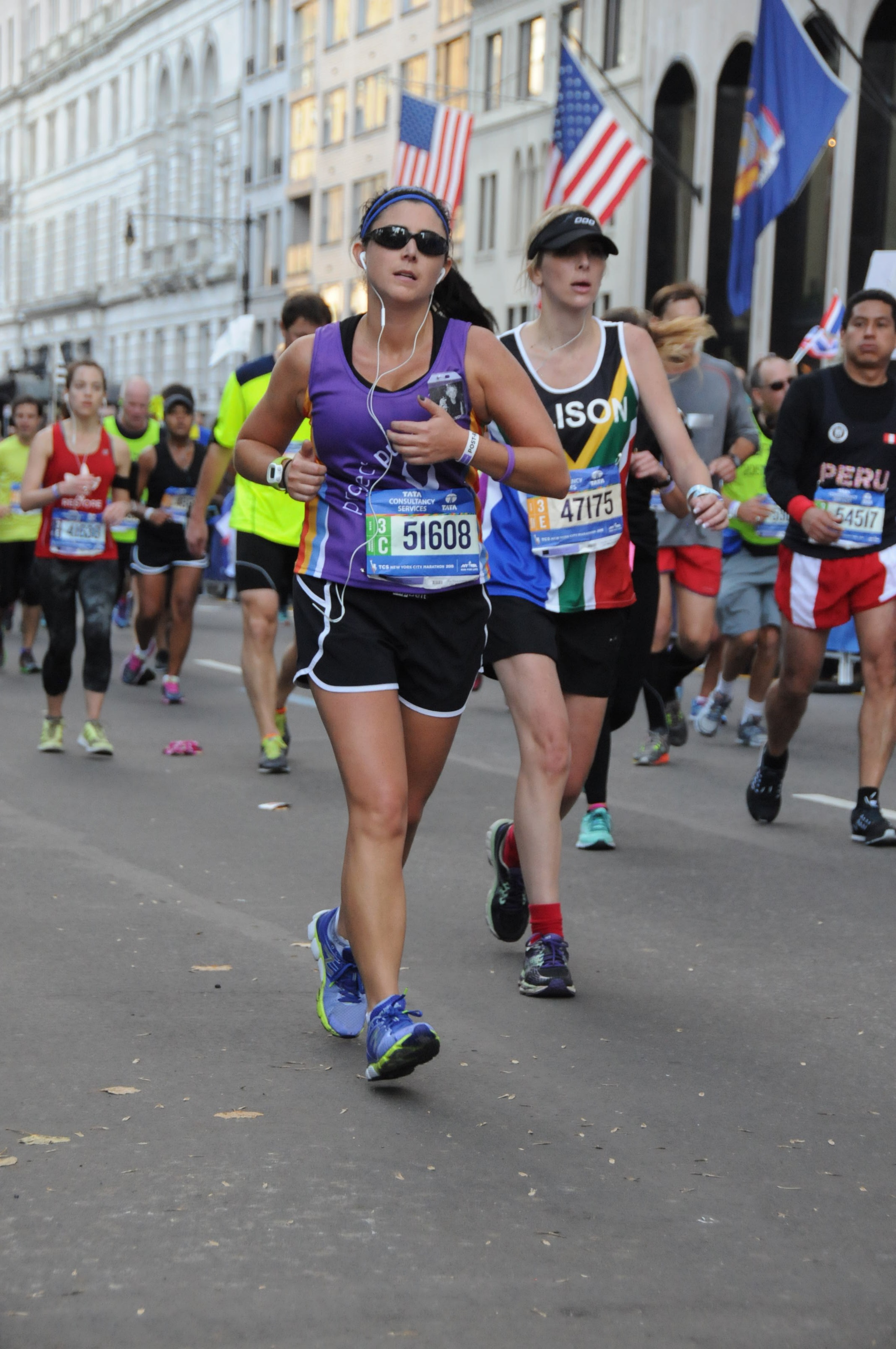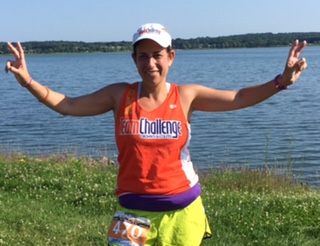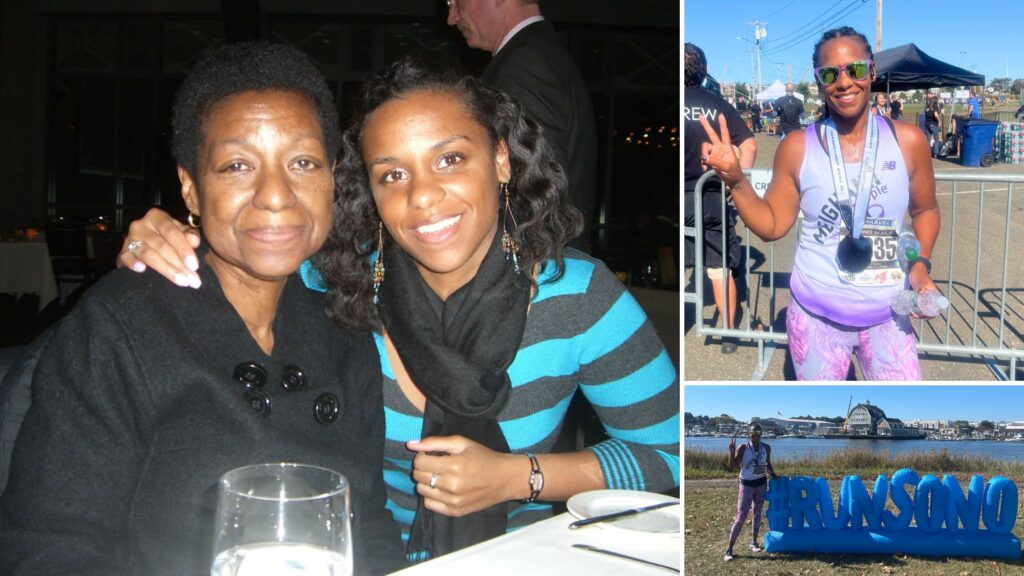Are you interested in tackling your first race but unsure how to begin? Never fear! Coach Jane gives us her tips for how to tackle your first 5k!
I hesitate to call this blog “Couch-to-5k,” because you should really be able to walk for at least one hour continuously before you start a run program. If you can do this, then there is no reason you can’t start to train (to place) in a 5k race! This doesn’t mean that you should now get out the door and run for as fast and long as you can bear – as many beginners do – as this will likely lead to injuries down the road. The best way to start running and to achieve long-term success is to follow a run/walk program that consists of defined intervals of running followed by a minute or two of walking. If you aim to run for the entirety of your first 5k race, I would gradually build on this type of program for at least 8 weeks or until you can run for 30 minutes continuously.
Get a Partner
There is no better source of accountability and motivation than a training partner. Starting a run program is not easy and there will be many days where you wake up and won’t want to get out of bed, let alone go for a run. Having a training partner will hold you accountable for missing runs (and also make you feel guilty if you leave them without someone to run with at 6:00AM in the morning!). Second, running with a friend whose ability is similar to yours will allow you to challenge each other, which will make you improve faster. Third, simply having a friend to run with can serve as a welcome distraction from the boredom and/or discomfort of running and will make you more likely to get through tough days. If you don’t have a friend who wants to start running with you, join a running club where you are likely to find at least one person near your ability level.
-
Get with the 5k Program
The best way to prepare yourself for a 5k is to follow a training program that is designed for you. It will give you structure, ensure that you do the proper training and reduce any ‘should I be doing…?’ questions and training anxiety. It will also improve your likelihood of sticking to your goals and achieving them. If you can’t find a beginner’s program online (there are plenty out there for all ability levels) ask someone at your local running store to refer a coach, training book or program to you.
-
Be Progressive (and Patient!)
To avoid injury or burnout it is important to build your running gradually (and points to another benefit of following a training program!). Start with 10 minutes of run/walking twice per week and increase your total mileage by no more than 10% each week. Practical rules like not running on back-to-back days, taking at least one complete rest day per week, and incorporating strength training are part of the progression every athlete should follow. It might seem counter-intuitive and mundane, but incremental increases in mileage, frequency and intensity of runs is actually the fastest way to reach your goals.
-
Be Persistent
The best runners out there and those that run consistently and persistently over many months or years. The more you run, the better your body adapts to running and the fitter you become. Running consistently will also reduce your chances of injury and lead to more sustainable weight loss (if that is one of your goals). Many runners want to cram everything in when their schedule allows for it – by, say, doing all of their mileage on the weekend and then doing nothing all week. Unfortunately you will end up starting off each week feeling very sore and find the weekends very tough! A much more ideal scenario would be to run for less time twice during the week (even just 15 minutes if you can fit it in) and once on the weekend. Another aspect of persistency is dealing with setbacks or lulls in training. Every athlete experiences periods where despite putting the work in, they are not seeing fitness gains or improvements. These periods usually end in the athlete having a breakthrough in performance; the problem is that often we cannot predict when. This is why staying committed to your goals is very important in order to achieve them.
-
Be Positive
Try to always look at water in a glass as one that has some water in it! If you have a bad training run, pat yourself on the back for getting through it – you will be stronger because of it! If you miss a few days of running due to sickness or travel – treat it as ‘downtime’ and think about how you will tackle your next week of training with more gusto. If you get injured, use it as an opportunity to strengthen your running muscles by weight-training or improve your cardiovascular endurance by doing spin classes or swimming. And if you have a bad race – remember that there are plenty more races out there to do. Becoming a runner is a journey in and of itself and while we can get caught up in the paces, it is the places it takes us physically and mentally that ultimately contribute to our growth as athletes and as people!
There are a multitude of beginning 5k programs available on the internet. Here are two examples. Coach Jane can provide specific training plans for all of our Project Purple runners!
http://www.coolrunning.com/engine/2/2_3/181.shtml
http://www.halhigdon.com/training/50933/5K-Novice-Training-Program






